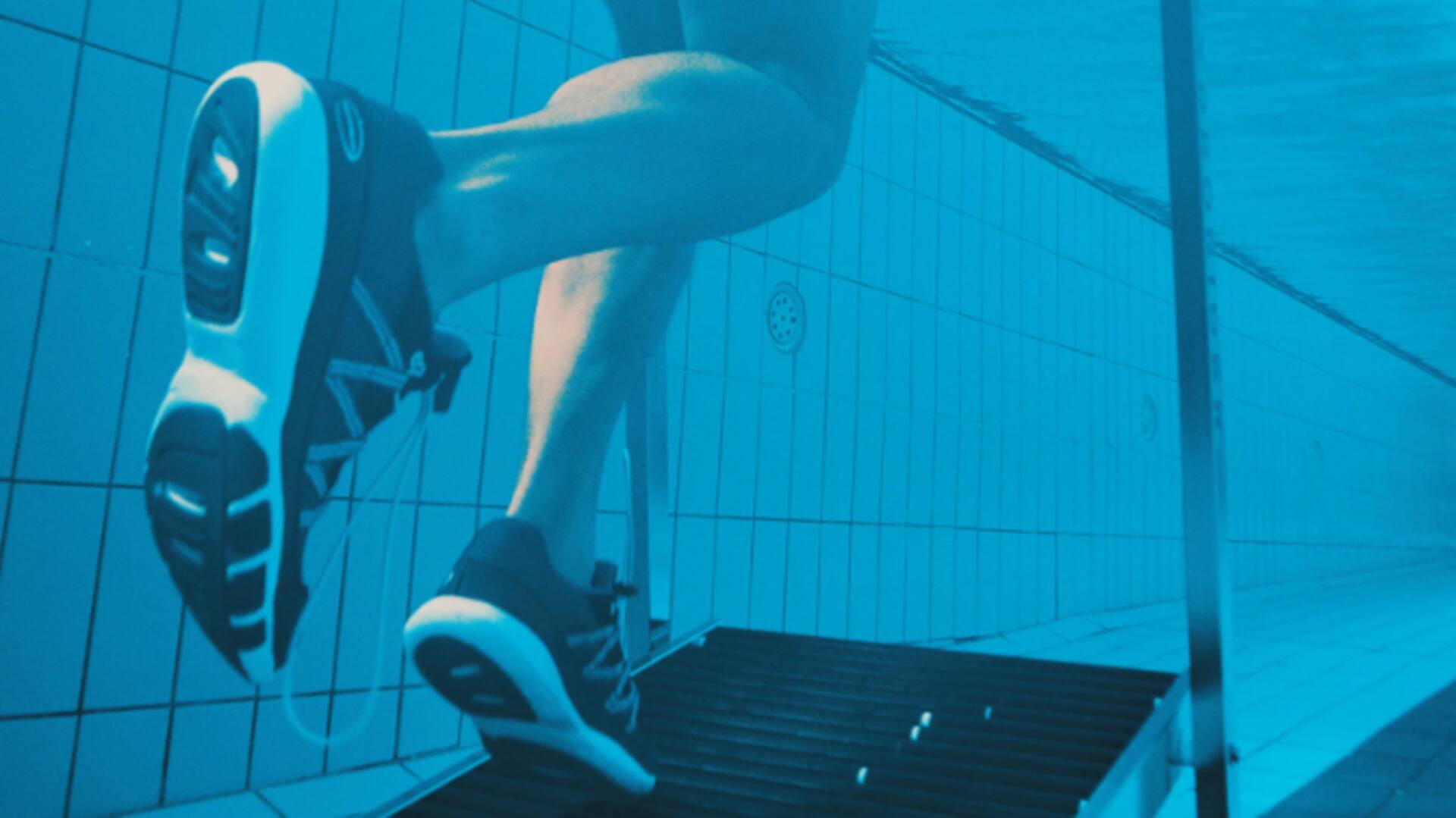
Exploring deep water running techniques
What's the story
Deep water running (DWR), or aqua jogging, is pretty much what it sounds like: you're running, but you're doing it in the water. This workout is a fantastic low-impact alternative to pounding the pavement, perfect for recovering from injuries or just mixing up your training routine. So, let's dive in and explore the techniques and benefits of deep water running.
#1
The basics of aqua jogging
Aqua jogging is performed in deep water with a flotation belt maintaining your upright position. Simply replicate your land running form, moving your arms and legs in the same manner, but with an emphasis on maintaining posture and engaging your core. This way you can enhance cardiovascular fitness without the stress on your joints.
#2
Maximizing cardiovascular benefits
Start with a five-minute warm-up of easy jogging. Alternate one minute of hard effort with one to two minutes of easy jogging. Repeat for 20 to 30 minutes, then cool down with five minutes of easy jogging. This interval training raises heart rate and builds endurance more efficiently than steady pacing.
#3
Enhancing strength and flexibility
Deep water running can be modified to specifically target strength and flexibility improvements. For strength, emphasize powerful movements. Lift your knees higher and push harder against the water with each stride. To improve flexibility, focus on lengthening your stride and maximizing the range of motion in your arms and legs with each movement. These modifications engage different muscle groups and enhance overall flexibility.
#4
Incorporating equipment for added resistance
Wearing webbed gloves or using foam dumbbells increases resistance, adding a challenge to deep water running. These accessories force muscles to work harder, building strength without stressing joints. Start with shorter workout periods and gradually incorporate them more. This low-impact approach builds muscle and boosts cardiovascular health while sparing your joints.